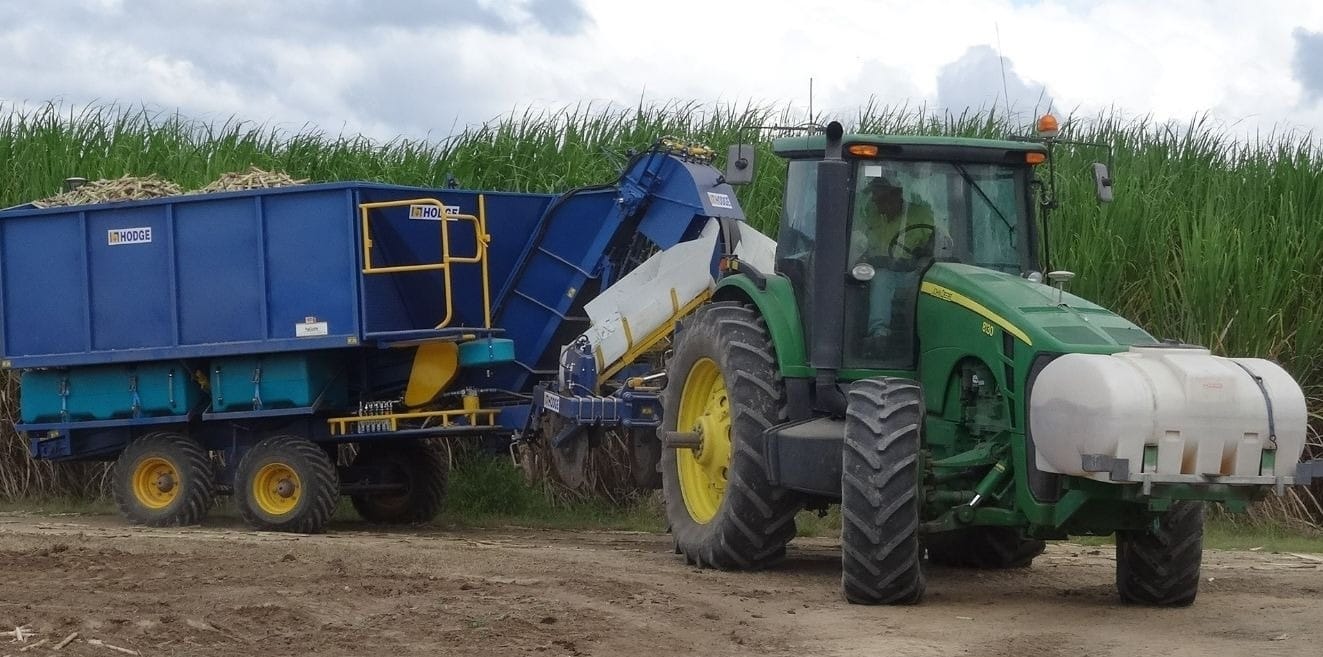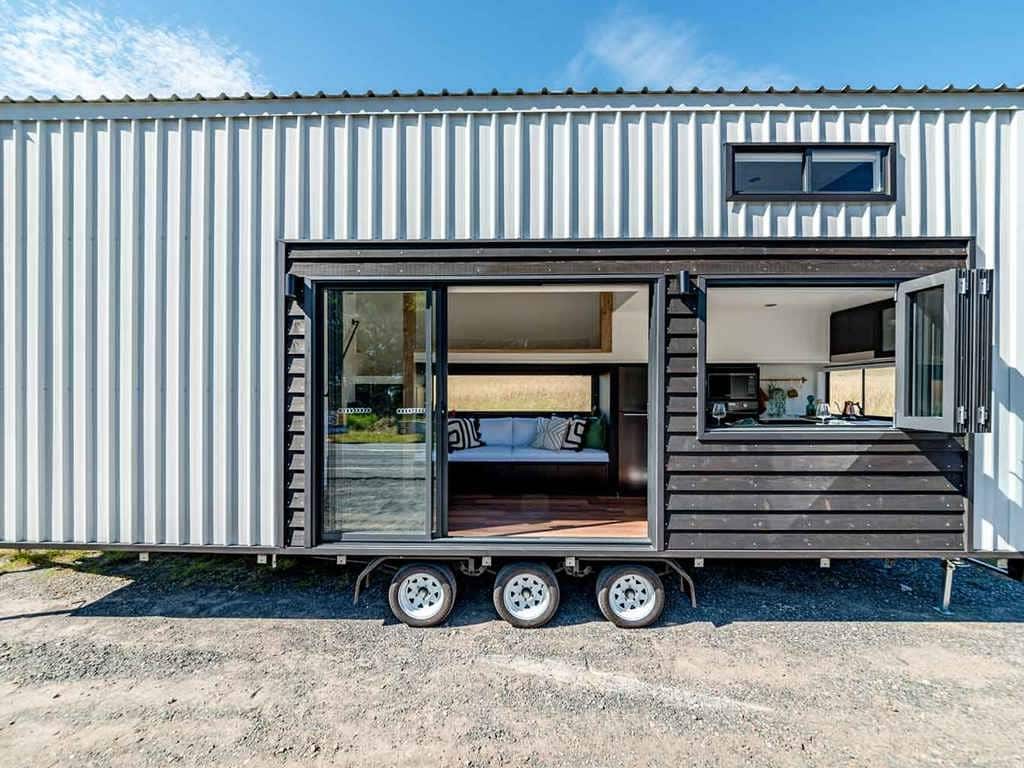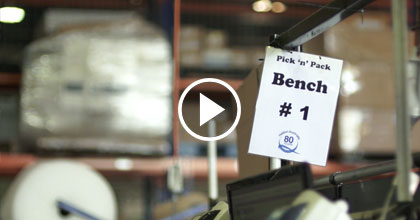Understanding Flow Production
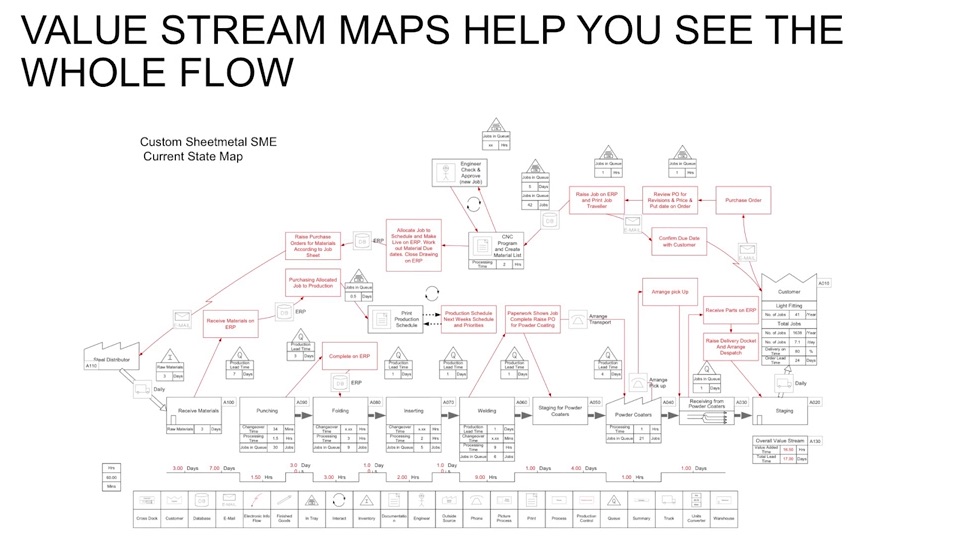
What is Flow Production?
A key part of implementing Lean Manufacturing into a production area is understanding Flow. Flow can be defined as a supply chain management process encompassing how parts move along the processes, between each workstation and what this looks like across the week and month.
The future state value stream map has provided a vision for what the Production flow will look like, defining which parts of the overall production process can flow easily, which parts needs direction and which sections need the highest level of control. The parts of production that need direction between sections that work very differently and balancing can be difficult to achieve, a supermarket can be useful.
Why a Supermarket?
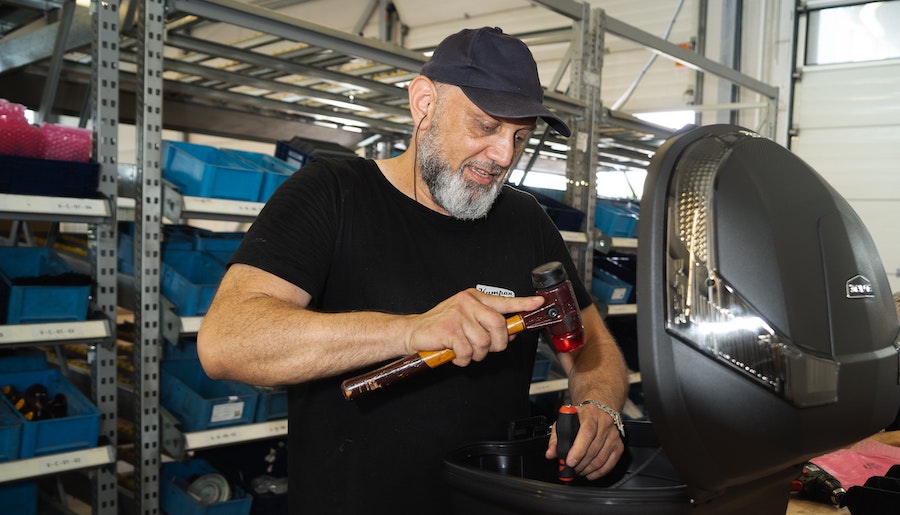
Supermarkets work well when the upstream process is working different shifts or its economies of scale is vastly different from the preferred production flow. This works especially well when one department is working two or three shifts while feeding parts into multiple workflows or product lines; a laser cutter making parts for three distinct product lines is a good example.
As with establishing any Lean system, an analysis of part usage and production lead time is needed to determine supermarket stock levels. Initially, we need to aim for production stability and once that is achieved, then inventory reductions can be implemented. A data table is needed to clearly list all information for each family of parts. It should include:
- Part Name and Number
- Usage,
- Time to Remake (Lead Time)
- Minimum Stock,
- Reorder Point,
- Safety Stock
- Reorder Quantity
Next is to consider how to make your new supermarket visual and easy to audit. The two main approaches are to establish a kanban system or a two-bin system.



